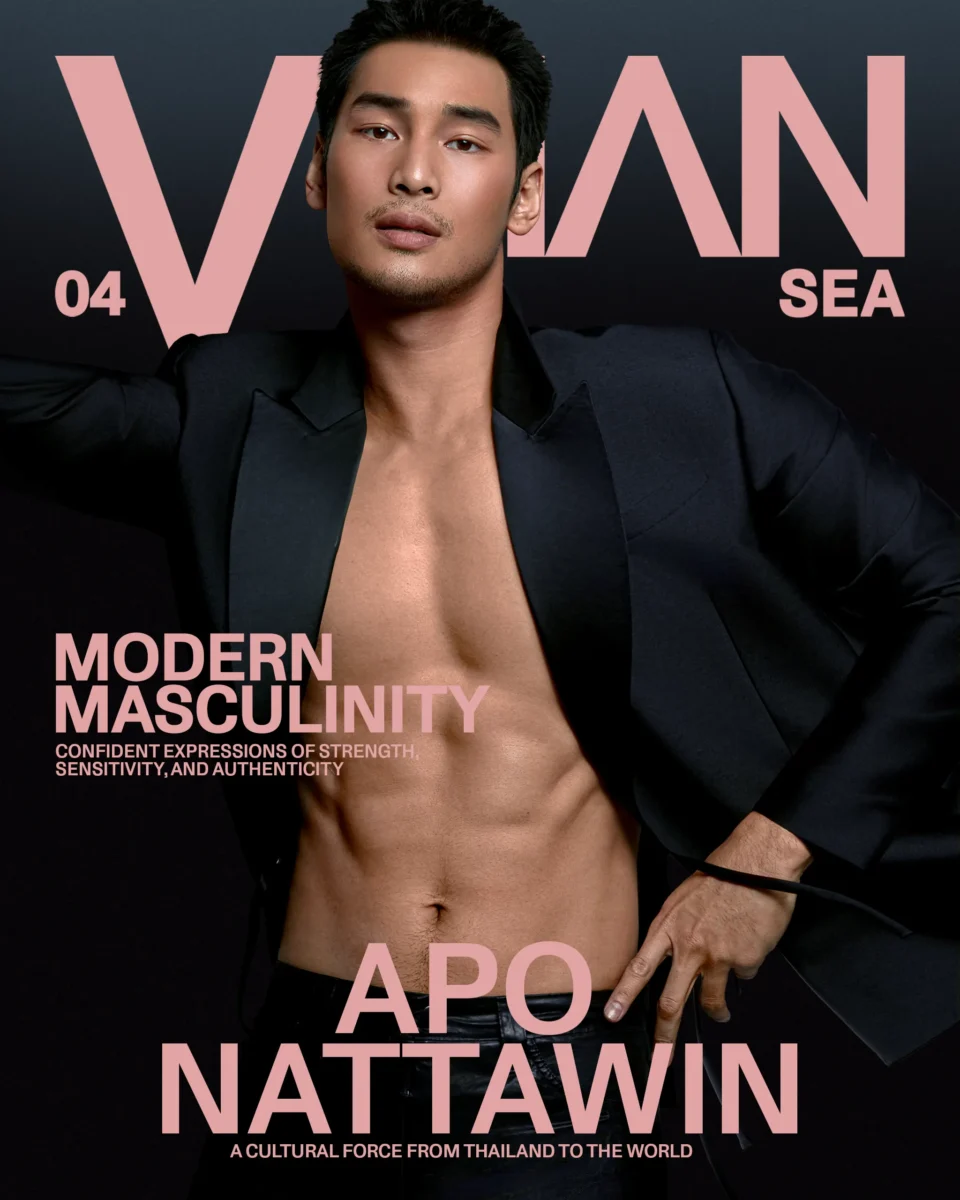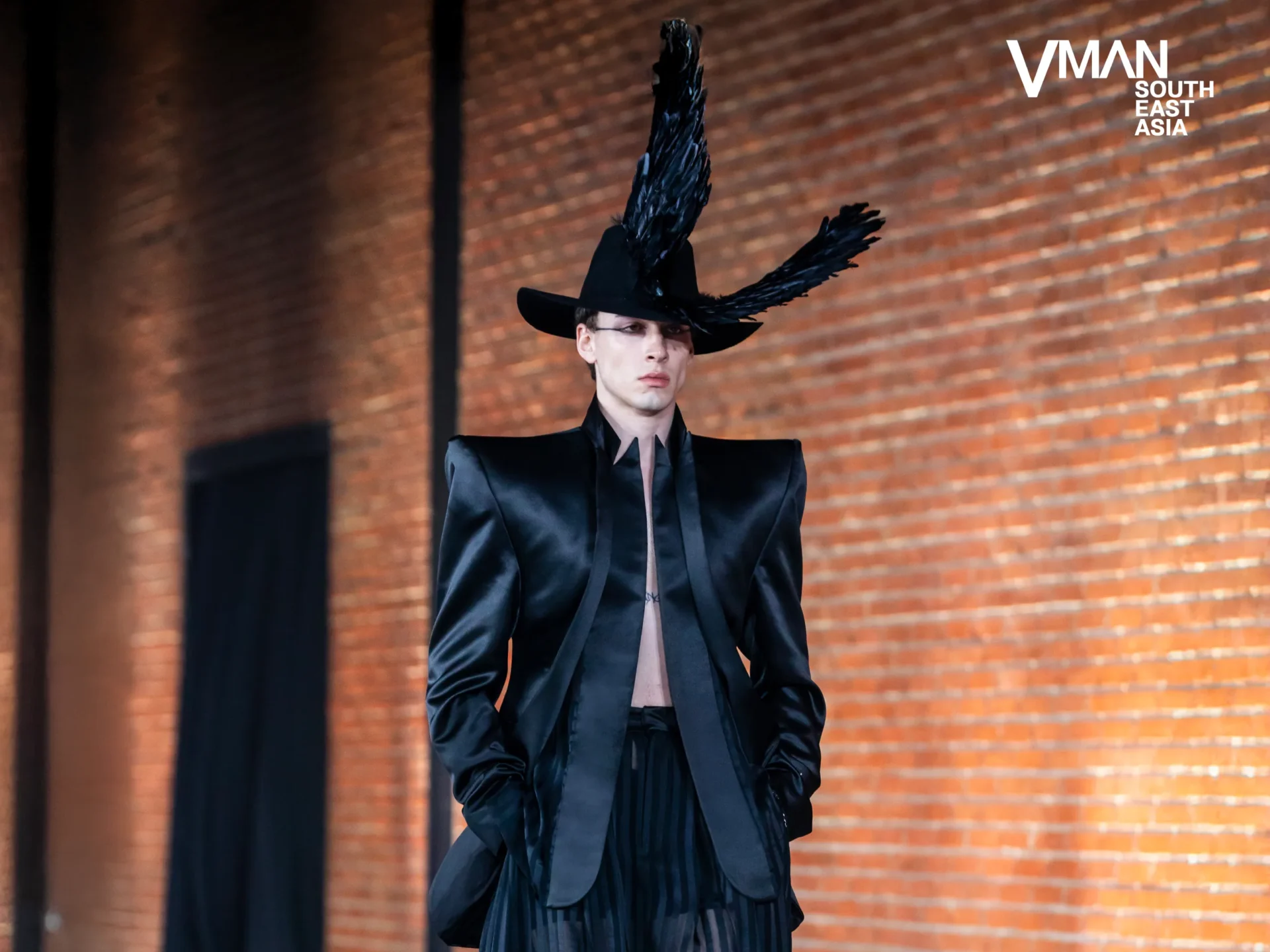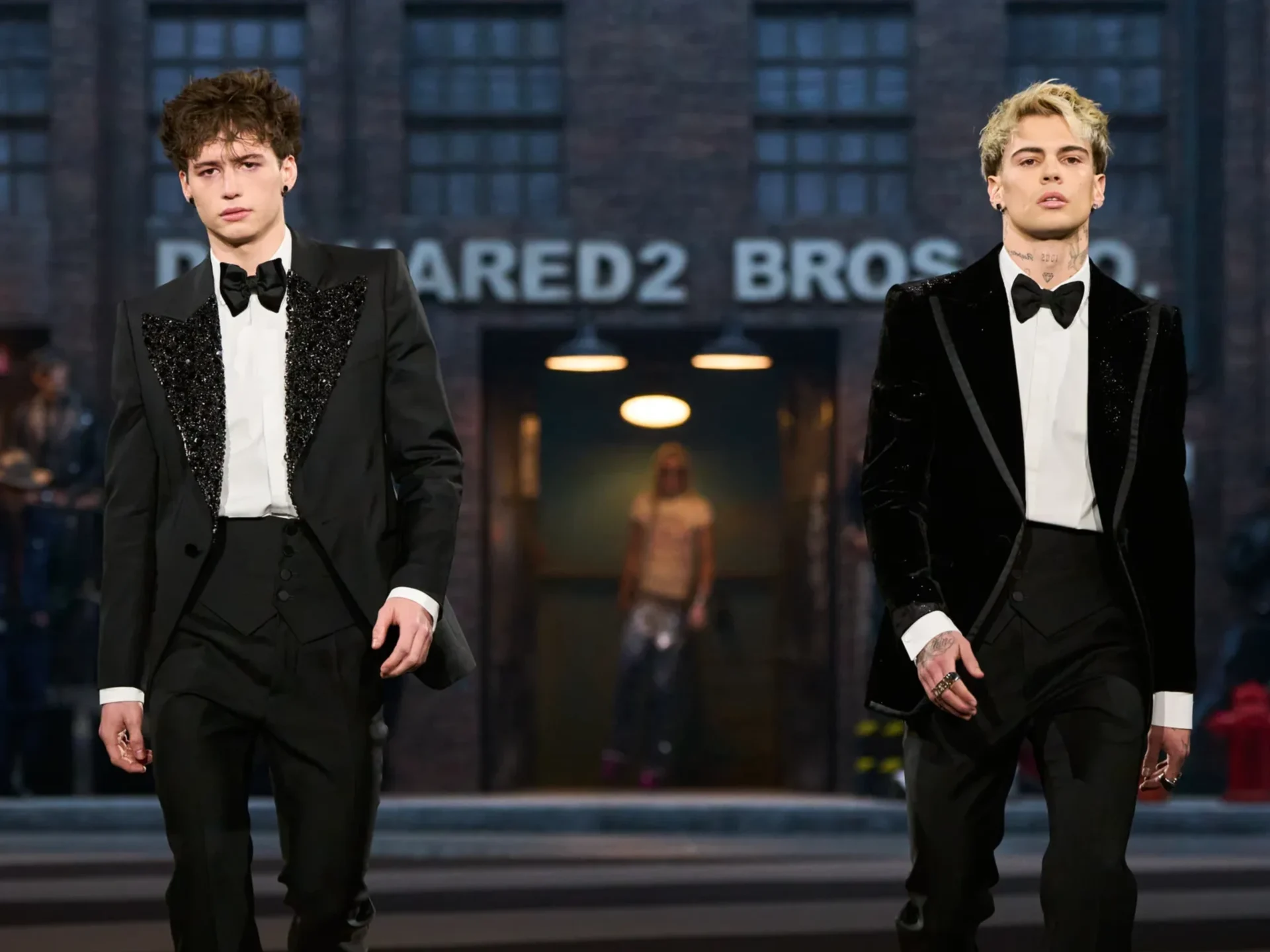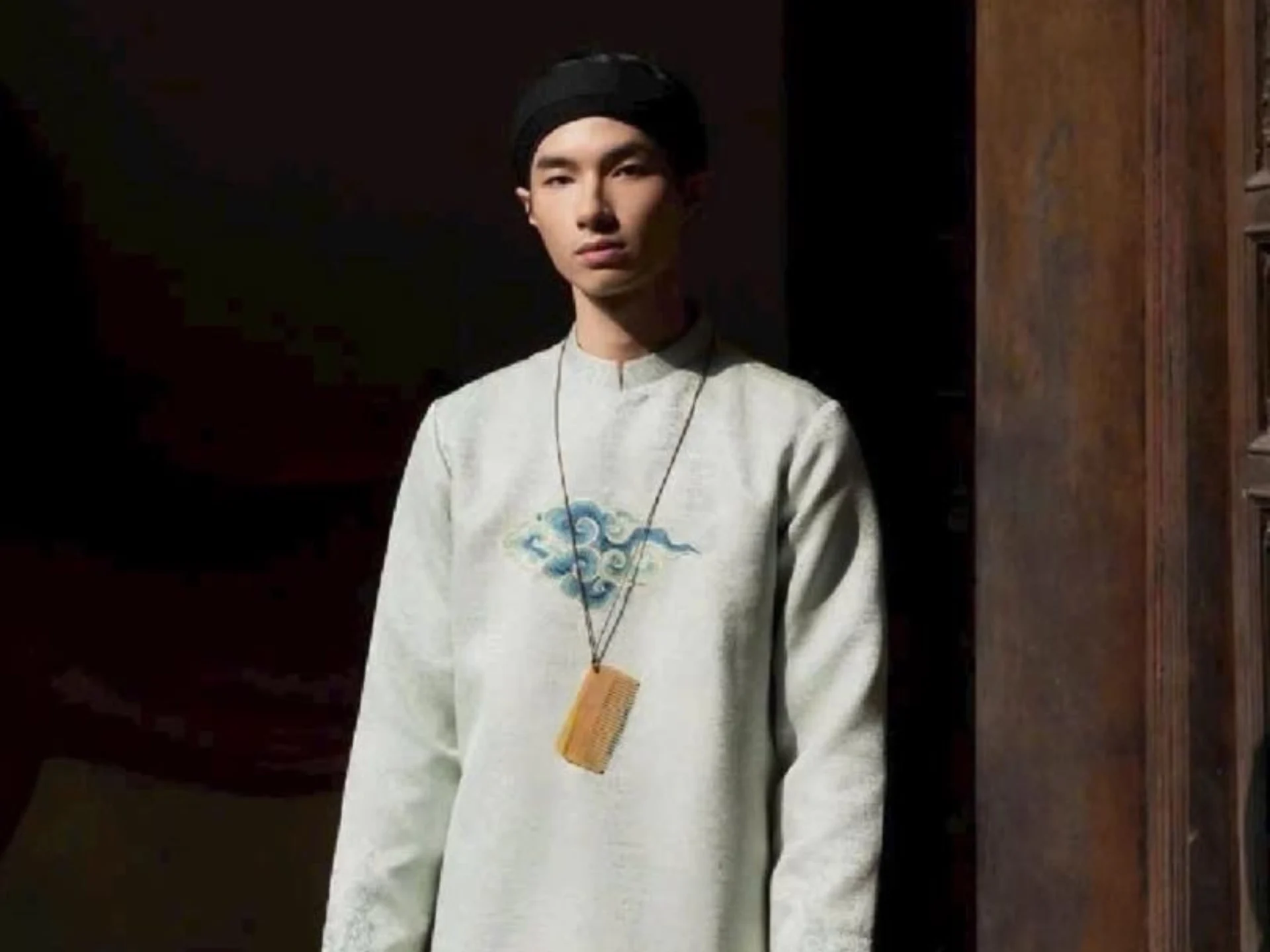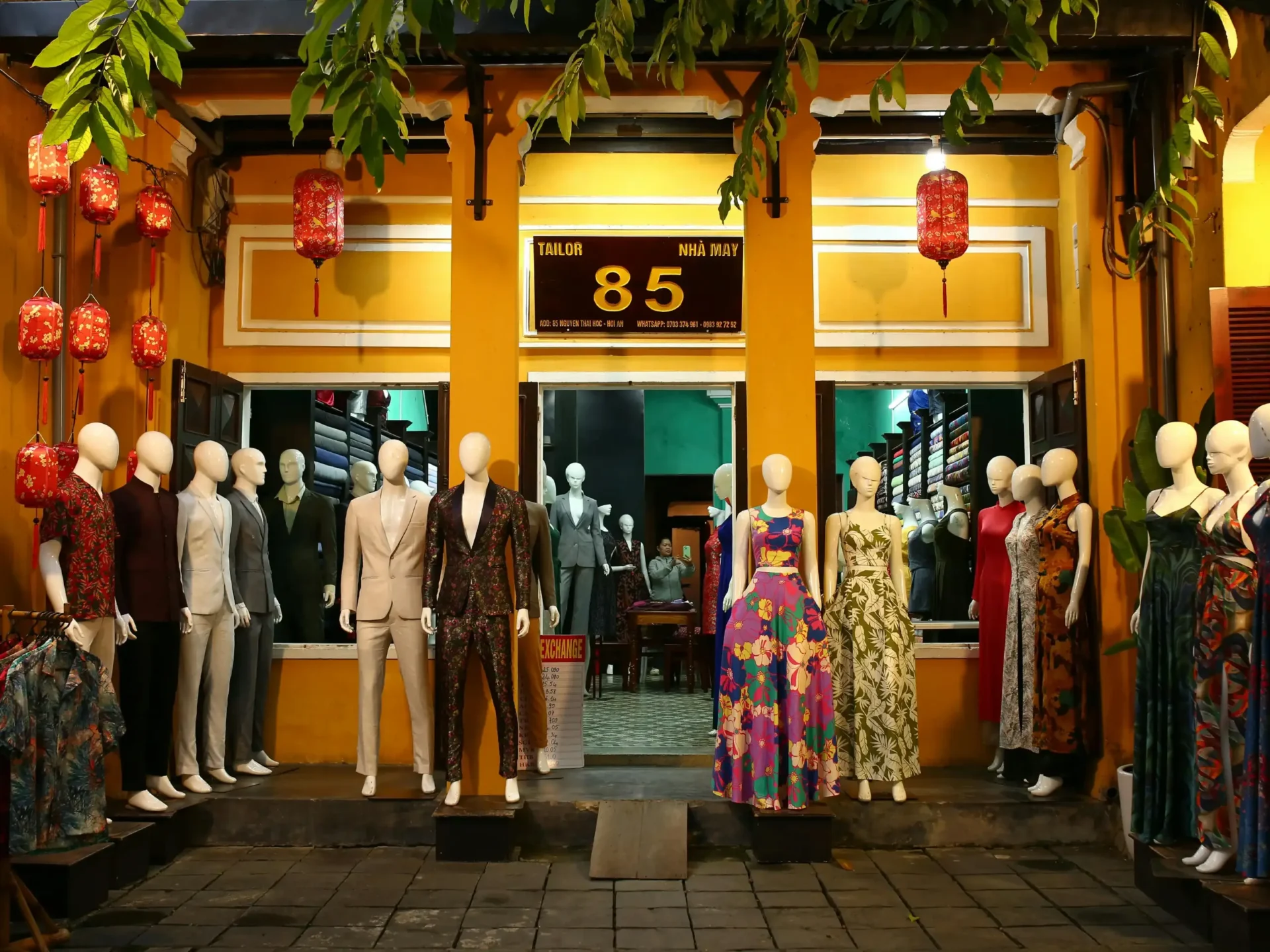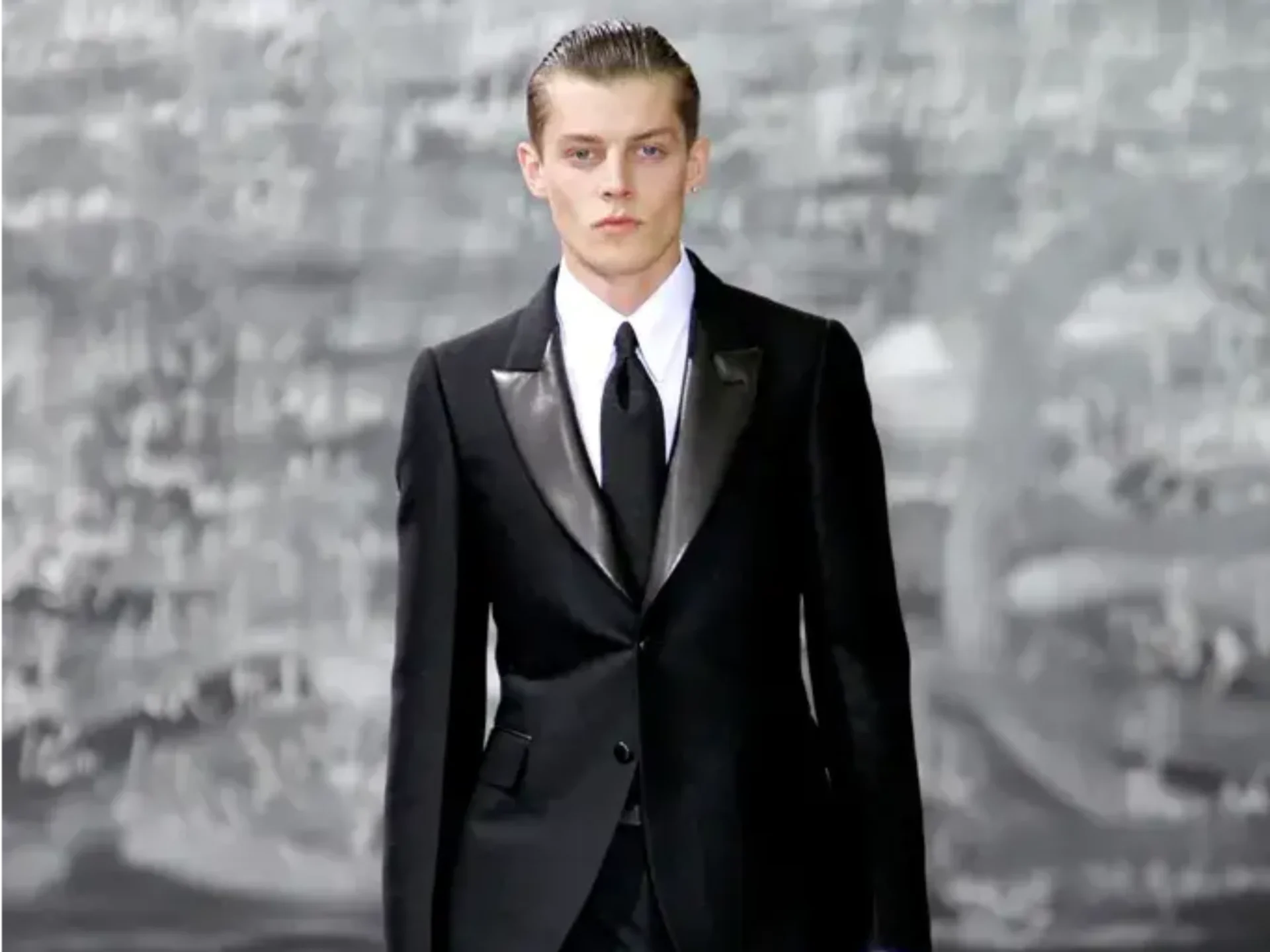The New Formal: 6 Brands Rewriting the Rules of Dressing Up
As the rules of dressing up continue to shift, a new wave of fashion houses is redefining what formality looks like today

For much of modern history, menswear formality was defined by a clear set of rules. The classic suit, with its pressed wool fabric, neutral palette, and notch lapels, served as a uniform of power and professionalism. It appeared in offices, ceremonies, and diplomatic summits alike.
Over the past decade, however, the idea of dressing up has begun to shift, influenced by the pandemic and the global move toward a more casual work culture. In its place, a new category is taking shape: the new formal.
This shift doesn’t discard tailoring. Instead, it reimagines it. Designers are keeping the structure and craftsmanship of formalwear while removing its rigidity. The new formal is more interpretive, more flexible, and often more culturally grounded. It reflects not just a change in taste, but a deeper shift in values. Here’s how some of the most forward-thinking brands are defining this moment.
RELATED: The Ultimate Guide to Blazers, Suit Jackets, and Sport Coats for Men
Willy Chavarria
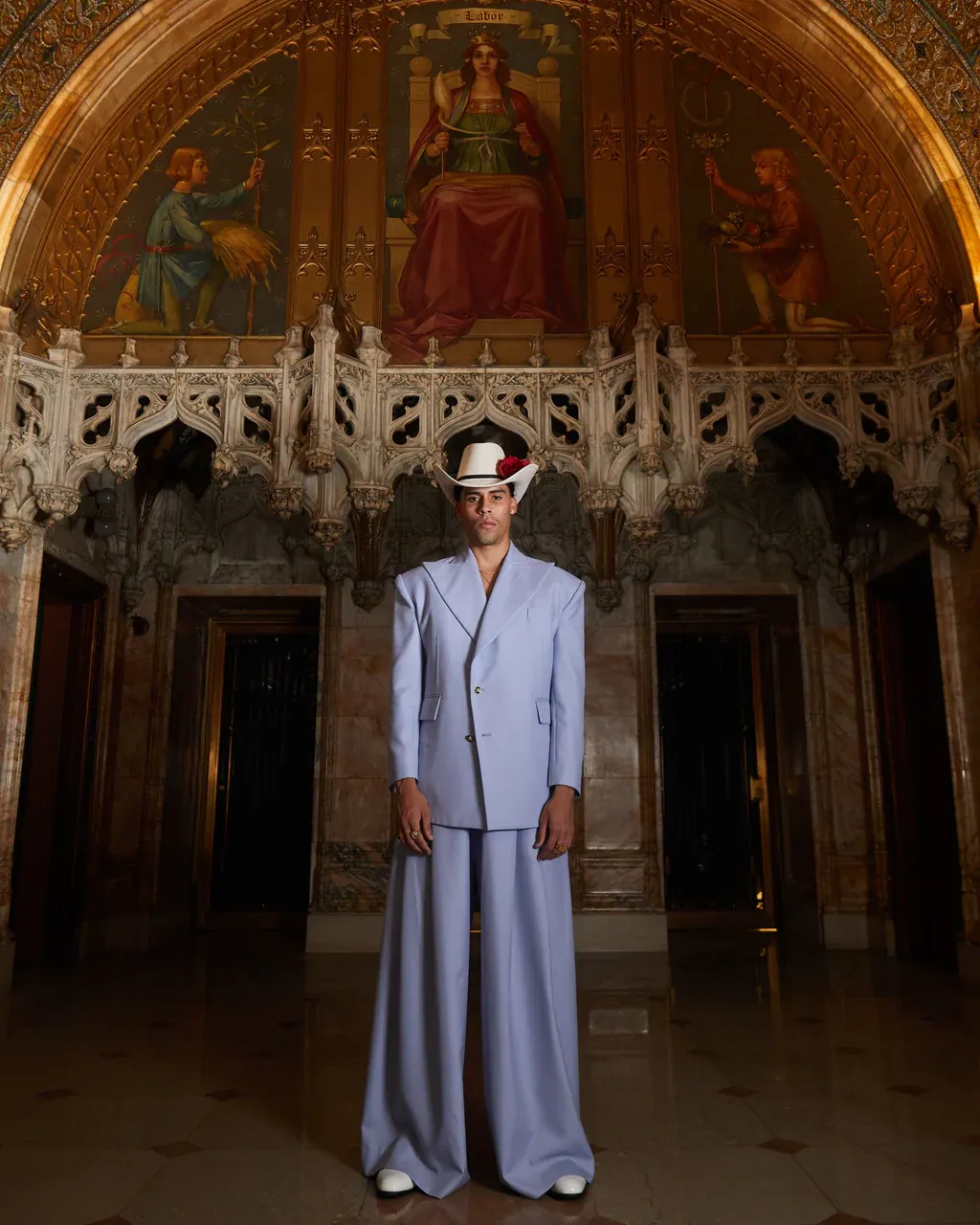
Willy Chavarria brings a different kind of formality to the table, one rooted in identity and cultural pride. His collections draw from working-class aesthetics and heritage influences, elevated through high-quality tailoring and dramatic silhouettes. Boxy shirts, oversized suits, and wide trousers are paired with soft draping and refined styling choices. The result is both assertive and intimate.
While he steers clear of traditional European formalwear, the brand still operates within the language of tailoring. His vision of the new formal emphasizes power, not through conformity, but through ownership of space and narrative.
Louis Gabriel Nouchi
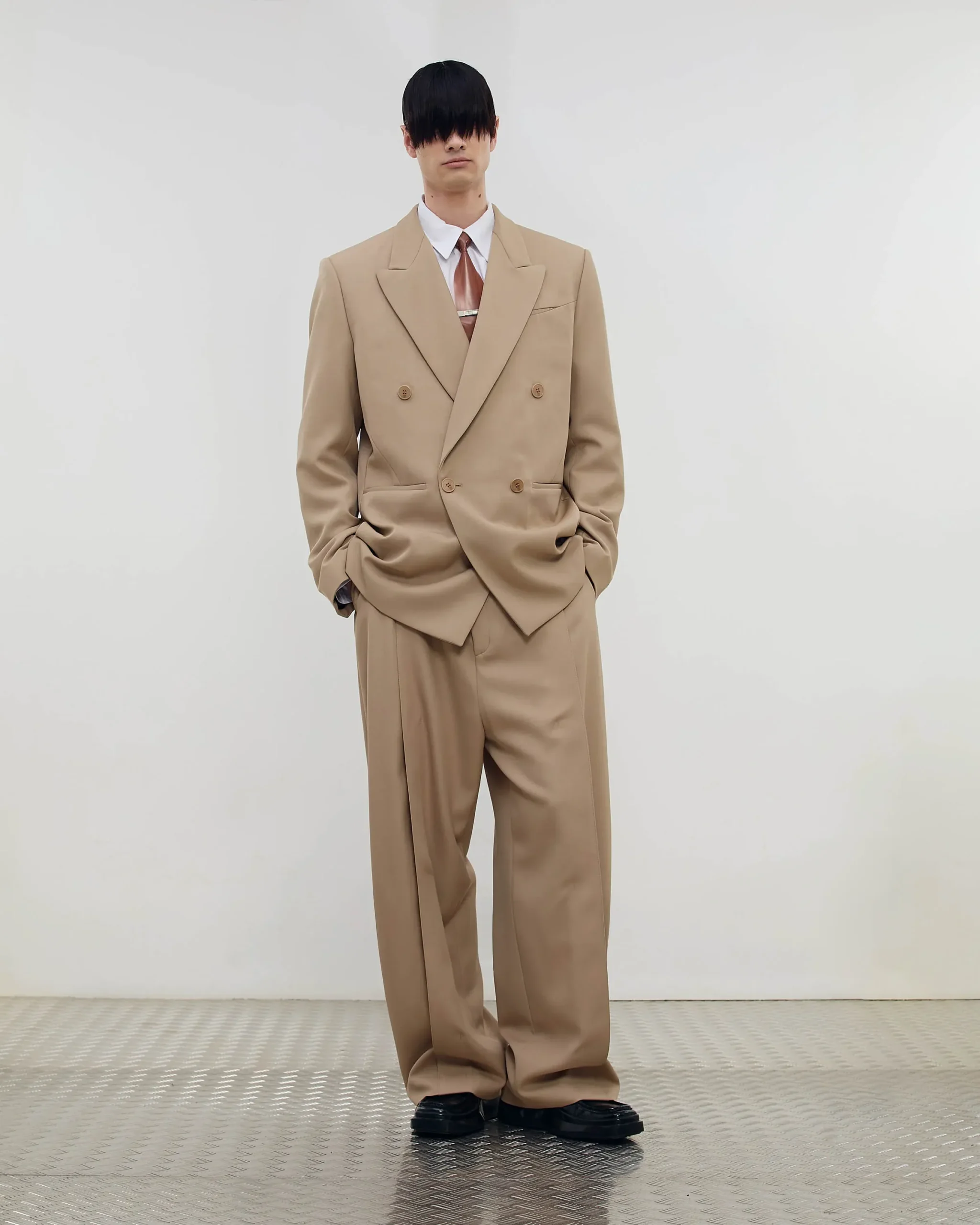
LGN pushes the boundaries of formalwear, often working in the space between classic suiting and subversion. The designs are experimental but remain wearable. Pieces reference traditional tailoring while introducing asymmetry, deep necklines, or robe-like silhouettes. The looks often carry a cinematic quality, refined but slightly off-balance, like a suit meant for a noir antihero.
Louis’ work speaks to a generation less concerned with fitting into institutions and more focused on aesthetic control. The formality is still present, but it is filtered through a lens of sensuality and tension.
Saint Laurent

As one of the most enduring names in French fashion, Saint Laurent has long been synonymous with elegance. In recent years, however, the brand has cultivated a darker, sharper image that moves beyond tradition. Tailoring remains central, with slim cuts, clean lines, and refined textiles, but it is often styled with leather footwear or sweeping overcoats. The formal silhouette is still present, though the setting has shifted. And through it all, it remains unmistakably polished.
Saint Laurent’s current approach proves that formalwear doesn’t need to be softened to feel modern. It only needs to be re-contextualized. The brand keeps its tailoring strict, but plays with proportions, styling, and occasion.
Jacquemus

Jacquemus doesn’t challenge the suit through deconstruction but through context and styling. His approach to the new formal is distinctly French, marked by clean lines, sun-drenched colors, and a sense of humor. A cropped blazer worn shirtless, oversized lapels paired with micro-shorts, or unexpected cutouts all belong to his visual language.
In this world, formality becomes a performance. Tailoring and structure remain, but the mood shifts from seriousness to play. Jacquemus presents a version of dressing up that feels both high-impact and approachable, allowing personality to come through polish.
Lanvin

Rather than reworking the suit, Lanvin seems to be moving beyond it entirely. In recent collections, the brand has embraced soft, luxurious textures such as silks, knits, beading, and metallics to convey a refined sophistication that does not depend on blazers or lapels. The silhouettes are relaxed, the styling fluid, and the embellishments thoughtfully elevated.
Lanvin’s take on the new formal suggests that dressing up today is defined less by specific garments and more by overall impression. It is about the drape of a fabric, the shimmer of a finish, and the intention behind the look. Presence matters more than protocol.
Giorgio Armani

Few brands embody the legacy of formalwear more than Giorgio Armani, and yet the Italian house has consistently adapted its vision without losing its identity. Known for introducing the relaxed suit in the 1980s, Armani continues to explore softness and fluidity in menswear today. Collarless jackets, long coats, and breathable, lightweight textiles bring a sense of ease that feels relevant without following trends.
Armani’s version of the new formal is perhaps the most grounded. It is an evolution of tailoring rather than a rejection of it. The approach reflects a continued commitment to craftsmanship while recognizing that the modern man dresses for movement rather than rigidity.
Rethinking formalwear, not replacing it
The new formal is not a rejection of the past. It is a response to the present. Today’s most relevant fashion houses are showing that polish no longer depends on a standard-issue suit, and that personal expression, cultural specificity, and modern comfort can exist alongside elegance.
In 2025, dressing formally means understanding how structure, material, and styling can be used in new ways. Whether through oversized silhouettes, textural detail, or unexpected cuts, the brands leading this movement are proving that rules no longer define formality.
Photos courtesy Saint Laurent, Willy Chavarria, LGN, Jacquemus, Lanvin, Giorgio Armani

